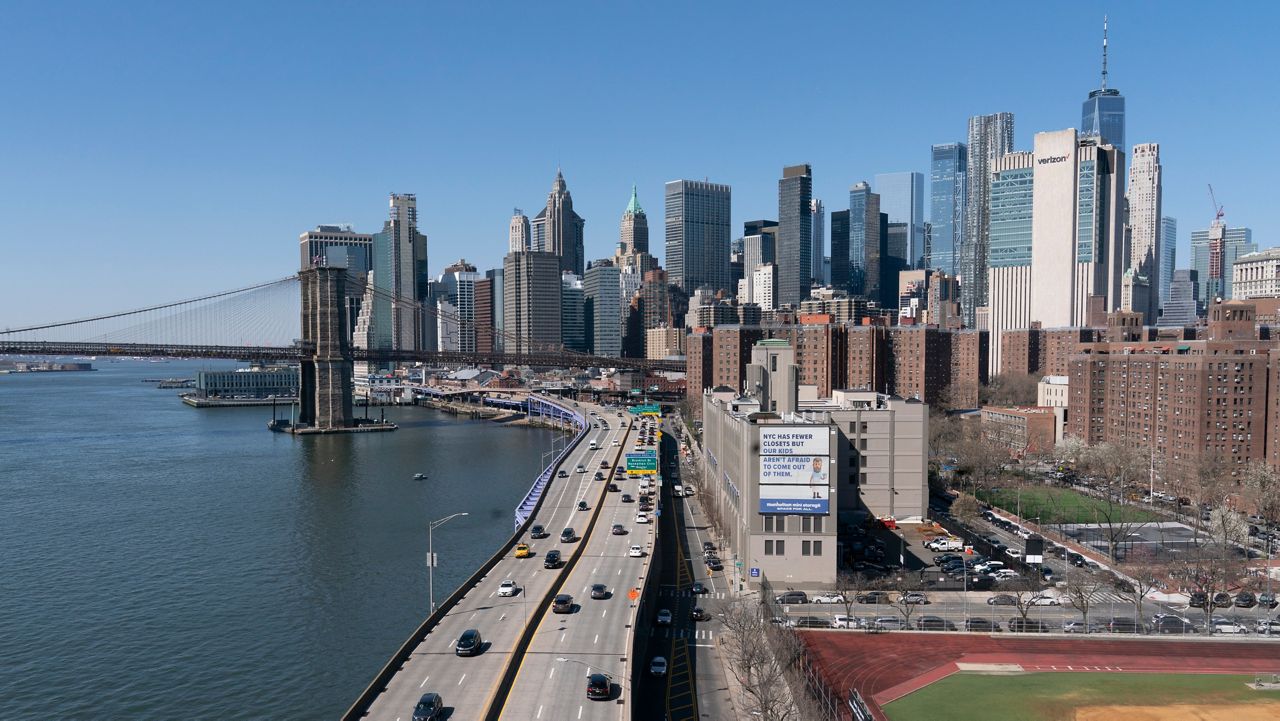Others have said it would hurt businesses in the congestion zone. The report, however, says pedestrian activity inside the zone was up 8.4% in May, compared with the same period last year, while outside the zone only saw an increase of 2.7%.
The same can be seen in Paris: Reducing car traffic is good for businesses and shops. The whole discussion on cars in cities reminds the discussion on smoking in public spaces. The only interest group which actually had an advantage from it was the tabacco industry.
deleted by creator
These numbers can’t be used to make the assessment you’re making. You need to know the relative proportion of pedestrians vs. drivers. If there are 10x pedestrians then the 6% increase would be far more people. Also, pedestrians and drivers don’t spend money in the same proportions or ways.
I’m guessing there is data on small business activity we could look at, although you would need to compare to neighboring districts to account for a cooling economy.
You would assume wrong. The vast majority of customer traffic in the zone is not by vehicle. So even if car customer traffic dropped to literally 0% the business would still retain pretty much all of their customer traffic.
The main business concerns are regarding deliveries, not customers coming in cars to manhattan lol.
Seems to me you’re taking an awfully big leap in that second paragraph there.
The only thing that bothers me is that it is a regressive tax on the poor. Rich people won’t blink at the fee so it only stops poor from driving.
I’d like to think that the money will go to public transportation but history has shown that because money is fungible, the income from the fees will only mean they cut previous infrastructure spending.
That’s a common misconception about congestion price in NY. The poor wasn’t driving to Manhattan in the first place, they represented only 2%, and the money generated by congestion pricing will be reinvested back into public transport.
Climate Town did a great video on this subject, with more details if you are interested:
New York Declares War On Traffic (A Congestion Pricing Story)
https://yewtu.be/watch?v=DEFBn0r53uQ
https://www.youtube.com/watch?v=DEFBn0r53uQWhat’s really bad for the poor is car centric design, where you are forced to have a car and spend, on average, $12k annually to maintain it
The poor wasn’t driving to Manhattan in the first place, they represented only 2%,
Under $1m in NYC is poor. But I should have been more explicit. This is a tax on the masses, not the elite.
Yes, and often the core area is not affordable on retail, services, or even trade salary so they have to commute in, and the hours may dictate that they can’t take transit; even some large cities have a service pause overnight.
This is another misconception addressed in the Climate Town video on this subject, with more details if you are interested:
New York Declares War On Traffic (A Congestion Pricing Story)
https://yewtu.be/watch?v=DEFBn0r53uQ
https://www.youtube.com/watch?v=DEFBn0r53uQThey might need to commute in, but they don’t have to drive in. The vast majority of people going to Manhattan doesn’t drive, they take the subway, buses, trains and bikes. Only 20% of the people traveling through the congestion zone is in a vehicle and only 2% of the poor drove in.
Workers that needed to drive in wasted a lot of their valuable hours stuck in gridlock traffic, burning their own costly gasoline and being prevented from reaching their job site, costing them more than congestion pricing
I gotta watch that, thanks!
That’s why I said “often” and “some cities”. It’s not universal. I support congestion pricing.
I misread this at cats and I was sultaniously confused and concerned




